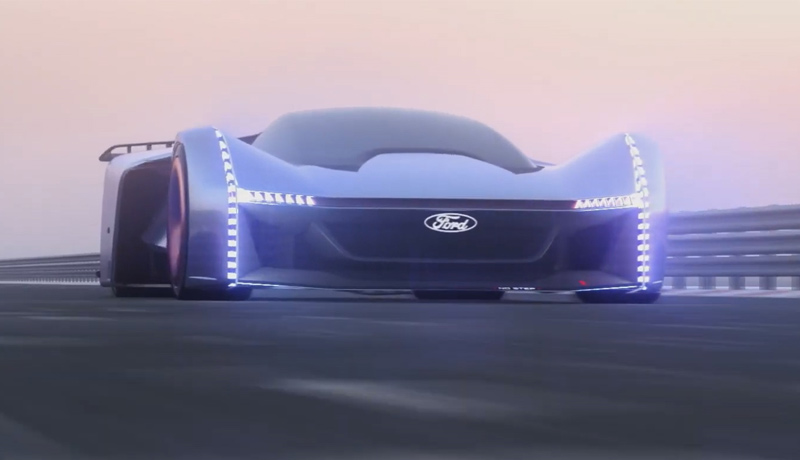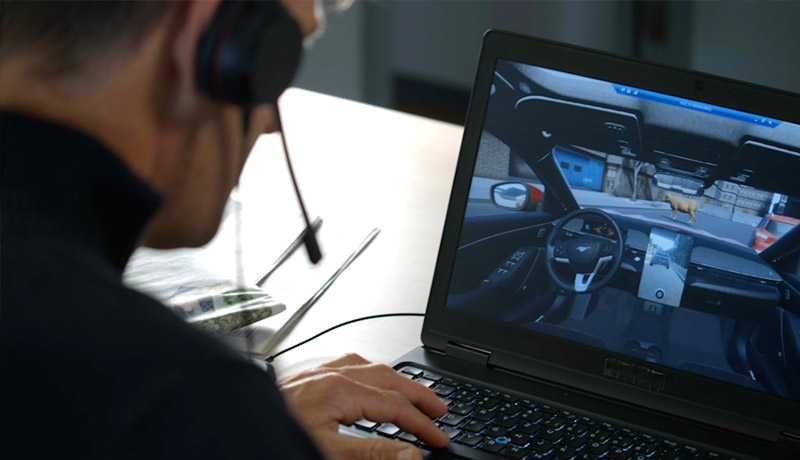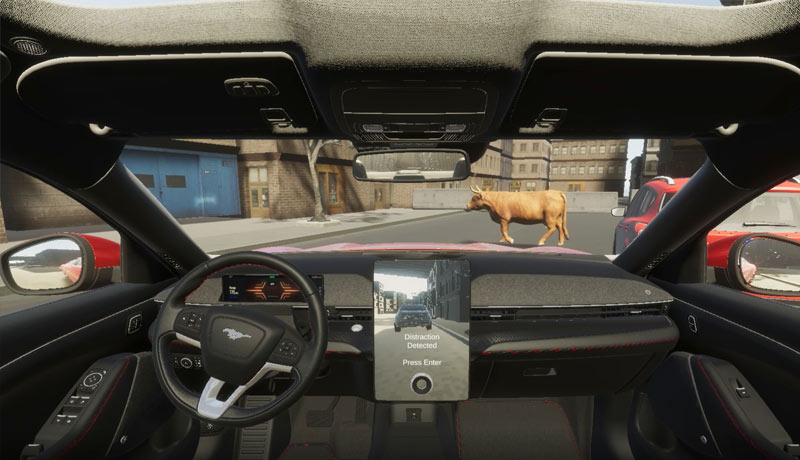
Ford has long played an important role in computer games, ensuring that real-world cars are recreated as accurately as possible on console and TV screens. According to the Internet Game Cars Database, more Ford automobiles have appeared in video games than any other manufacturer.
Ford is now using what it has learned from gaming to improve its procedures. Such strategies aid in overcoming the challenges that remote working can provide and enable successful cooperation regardless of physical distance.
Engineers use simulations to test how helpful new technologies are to clients, while designers construct virtual prototypes using animations. Ford even collaborated with the gaming community to create a vehicle.
Ford is now using virtual clinics to test products with customers. For the first clinic, Ford engineers wanted to see if participants preferred pressing and holding the automatic parking button or merely pressing it once – so they designed a short online video game in which participants performed a variety of parking maneuvers. The single button click was chosen by 88 percent of participants, which could lead to a modification in Ford’s Active Park Assist functionality.
A cow passed in front of the automobile in the game to see how soon participants could respond and stop the vehicle. Longer reaction times may necessitate improvements to the automated parking feature, such as slowing the vehicle’s speed or tailoring the feature to unique drivers.
Virtual testing produces better and more credible data since it includes more people from various markets and demographics and a greater range of situations. It allows Ford to understand more about what customers want and incorporate their desires into car development.

Ford now intends to expand the service and perform more virtual client clinics that are powered by gaming engines.
Ford’s designers employ gaming engines to create animations that show how future vehicles will look and perform in real-world situations in the Design Studio. Interaction is the essential benefit: it allows us to design new features, apply user feedback, and learn how future vehicles will interact with our daily lives. This used to be done using prototypes, but today it’s done in game-like worlds.
Collaboration among designers can be difficult when they are working in various locations, especially if they are unable to view the cars or parts they are working on. Ford has erected massive LED panels in its design offices in Dunton, United Kingdom, and Cologne, Germany.
The Powerwalls are over two metres tall and five metres wide, and they display automobile designs at a 1:1 scale. In collaborative sessions, design teams can analyse lines, shapes, shadows, and reflections, similar to how an esports team plays a game together to achieve a common goal.
The team is exhibited on one part of the Powerwall via video conference and virtual reality, with everyone able to provide feedback and make adjustments to the vehicle in real time.
Ford collaborated with gamers to construct a virtual gaming race car in order to take a fresh approach to design and anticipate future trends. Almost a quarter-million esports fans voted in online polls to help choose how the crazy Team Fordzilla P1 will look.
The interior of the vehicle concentrates on the necessities of gaming, such as speed, racing position, and lap time. Ford is now looking to apply this minimalistic approach to vehicles as part of its human-centric design approach, which prioritises the features that customers want the most.

The Puma ST Gold Edition was also completed by the power of co-creation, as exemplified by the P1 race vehicle. Nearly 275,000 people voted on colour possibilities for the model’s paint, decals, and brake callipers, as well as the name.
Following the P1 project’s success, Team Fordzilla is now eager to collaborate with gamers and Ford designers to create a new Supervan. The new Supervan Vision Concept imagines what an extreme performance model of future Transit vans might look like, taking the Supervan tale to a whole new level.